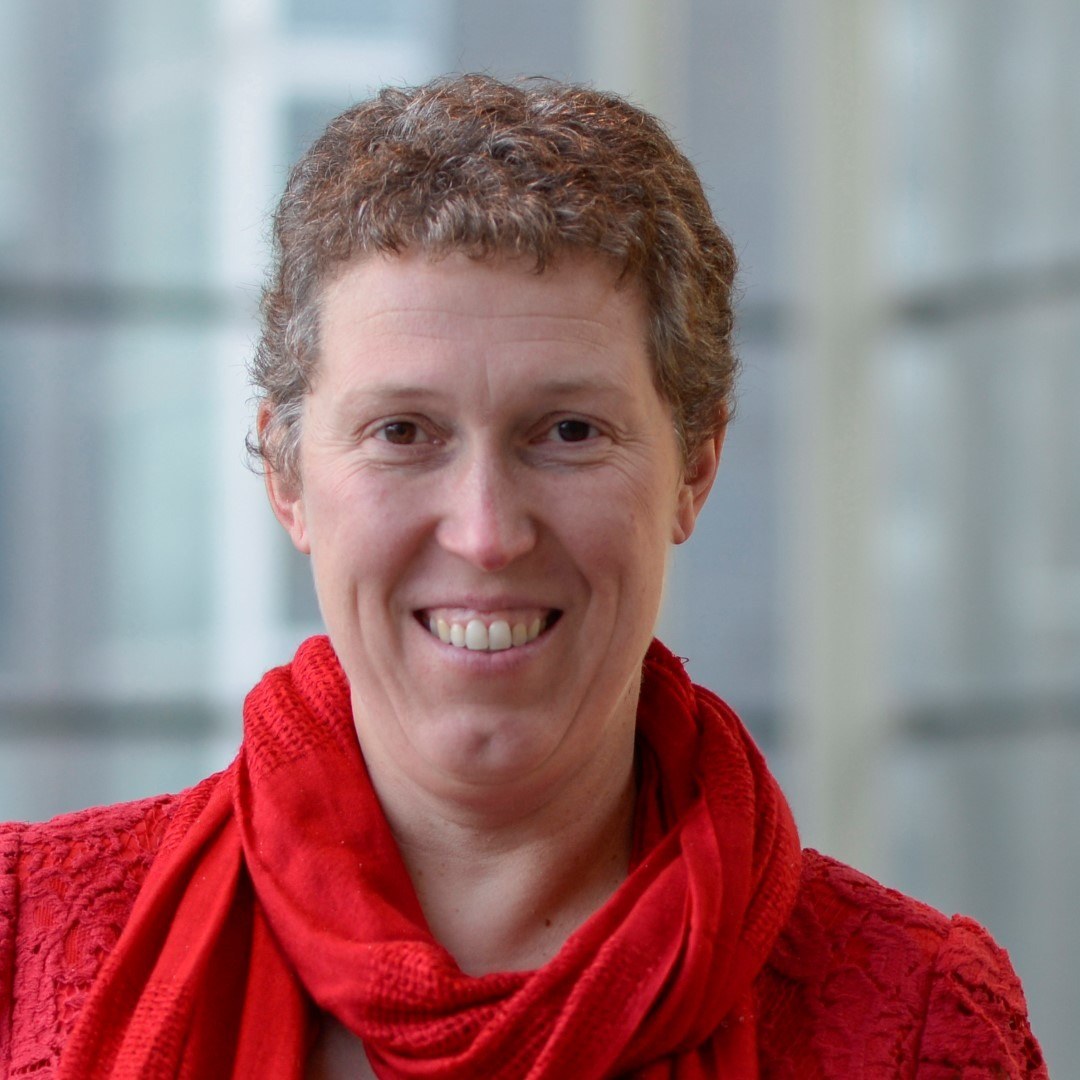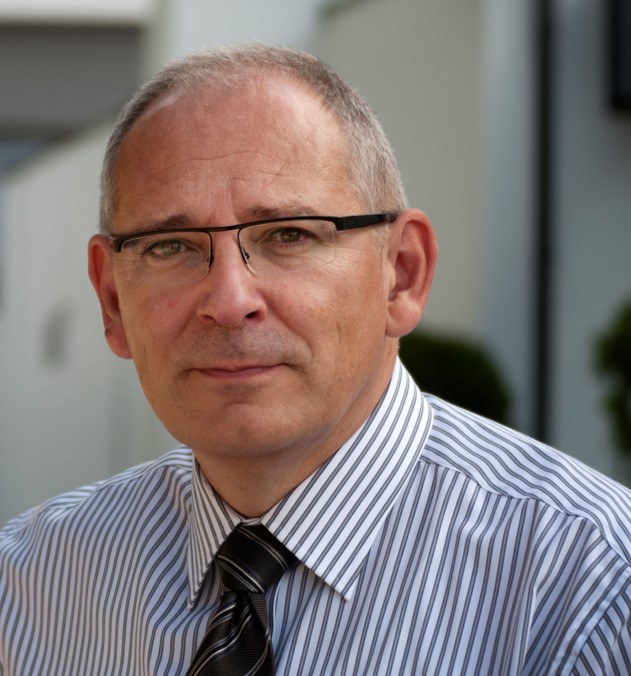Experimental Skills
Confocal and surface-enhanced Raman microscopy (SERS)
The main investigation technologies for my Ph.D. research are Raman-based, the target being SERS for microbiological diagnostics.
3D nano/micro fabrication
Using micromechanical structures and microfluidics, I tackle the paradox of implementing nanostructures for macromolcules and cells using Nanoscribe two-photon polymerization and FEMTOprint 3D fabrication
Microbiological cell-culturing
The target application of my Ph.D. research is bacterial cells, i.e., clinical pathogens, e.g., N. meningitides. The sensitive screening of these pathogens can help develop antibiotics and diagnostic tools.
Surface characterization tools: scanning electron microscopy, atomic force microscopy, white light interferometry and 3D laser scanning microscopy
These characterization tools are used to investigate the fabricated surfaces’ profile, roughness, etc. This information is used for the statistical study of the surfaces or optical simulations using Lumerical and OpticStudio.
Phantom fabrication for spatial frequency domain imaging of perfusion
During an internship at Ihu Strasbourg (Institute of Image-Guided Surgery), I optimized a phantom fabrication approach for perfusion imaging through skin.
Automation for manipulation-free or long experiments and simulations
I streamline experiments and optical design tasks using tools such as Python and LabView; experiments through customized measurement platforms, e.g. multi-wells and microfluidics, combined with LabView and Python
Simulations through genetic algorithm optimization and physics simulations

Computer Skills
Programming (Python, MATLAB):
Machine Learning, Optimization Algorithms, Cluster Computing
Many of my tasks, ranging from mathematics and data analysis to deep neural networks and API control of simulation applications, are done in Python or MATLAB. I also have experience with cluster computing for computationally demanding tasks like simulation-dependent optimization of optical components.
Physics:
Lumerical, COMSOL, Abaqus, OpticStudio, Quantum Espresso
Physics simulations has been the priori to many of my experiments. I use Lumerical to simulate nanostructure-light interaction. The effect of such simulation’s output combined with other optical components is then simulated in OpticStudio. For microfluidics or mechanical simulations, I used COMSOL Multiphysics and Abaqus. Finally, for my bachelor research project, I combined a genetic algorithm with Quantum Espresso to investigate novel half-metals.
Soft Skills
Management and leadership
Led VUB’s OPTICA/SPIE chapter 2021-2022, helped organize Belgian Photonics Online Meetup (BePOM) 2021-2022 and International Symposium on Microscale Separations and Bioanalysis (MSB) 2022
Excellent team-working capability
Actively collaborating with scientific societies, Physics Society of Iran during bachelors and B-PHOT Student Chapter during masters and Ph.D. Taking the lead on the team-building activities of B-PHOT’s biophotonics group.
Adaptable, and versatile skillset
Did several interdisciplinary projects covering idea to proof-of-concept; I am highly interested in the full idea-to-outcome cycle i.e. creative ideas, their theory, experiment planning, experimental work, automation, and finally data processing and dissemination.
Grant writing
Participated in the writing process of competitive grants such as Flander’s Fonds Wetenschappelijk Onderzoek (FWO) and the European Innovation Council (EIC).
Entrepreneurship
Participated in Advanced Starter Seminars, Business Management & Entrepreneurship, and
Business Aspects of Micro-electronics & Photonics of Vrije Universiteit Brussel.

References

Prof. Heidi Ottevaere
PhD Project Promoter

Prof. Wendy Meulebroeck
PhD Project Co-Promoter

Prof. Hugo Thienpont
Chairman of Brussels Photonics Team
